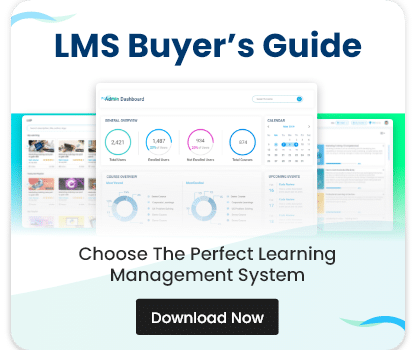The right Learning Management System (LMS) can transform any educational institution or organization. Whether you want to deliver training, manage educational content, or engage learners, your choice often comes down to picking between open-source LMS and closed-source options. Each has its strengths suited to different needs and settings. Let’s explore the details to help you grasp the main differences and make a smart choice.

We have
something for you!
Are you still figuring out which LMS is the best? Grab the chance to explore the LMS Buyer's Guide and get started.

















